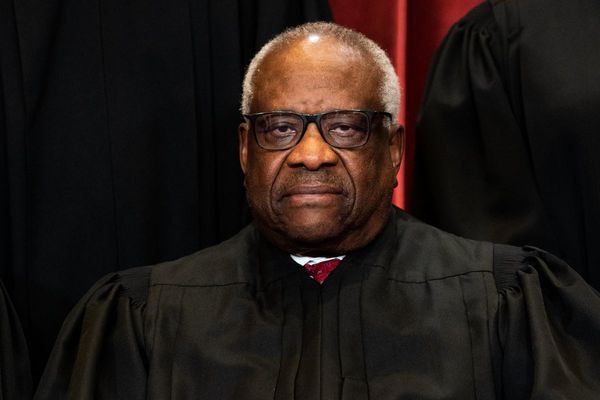
Eli Lilly positively wowed investors with its second-quarter results on Aug. 8.
The stock jumped 9.5% that day and an additional 5.5% on Aug. 9.
For the week, Eli Lilly (LLY) shares ended at $891.68, up 10.8%, compared with the flat performance of the S&P 500, and they've soared 53% so far in 2024.
What's next for the pharmaceutical giant? Analysts think "Resoundingly more." Most have risen their price targets to $1,000 and more. They see the potential for continued revenue growth as huge.
Related: Morgan Stanley analysts reveal Fed interest rate outlook
In its earnings presentation, the company raised its 2024 revenue guidance from $42.4 billion to $43.6 billion up to $45.4 billion to $46.6 billion. It also raised its full-year earnings guidance from $13.04 to $13.55 a share up to $15.10 to $15.60.
Here's a snapshot of some of the analyst comments:
Morgan Stanley. Stock rating: Outperform. Analysts rated the stock a "top pick," adding it had the "strongest growth profile" within its coverage universe. The investment house raised 12-month target price from $1,083 to $1,106.
Wells Fargo. Stock rating: Outperform. Target price raised from $875 to $1,000. Analyst Mohit Bonsal said Lilly's obesity drug Zepbound and its diabetic drug Mounjaro represent "a $100-billion global opportunity."
BMO Capital. Stock rating: outperform. Target raised from $1,001 to $1,101. Analysts noted that Lilly has issues successive "healthy" raises of revenue and earnings guidance.
JPMorgan. Target raised from $1,000 to $1,050. Its note projects "significant upsides to 2025 estimates."
Bank of America. Target raised from $1,000 to $1,150. Second-quarter earnings, the note said, "was substantially ahead of guidance. Revenue guidance for 2024 was raised by $3 billion. Earlier guidance was for a $1 billion revenue increase.
Lilly's type-2 diabetes treatment Mounjaro, which has the technical name of tirzepatide, generated $3.1 billion in revenue in the quarter, 27% of the company's total $11.3 billion. Its weight-loss drug Zepbound's revenue hit $1.2 billion from practically nothing a year ago.
Expected to generate big revenues are Lilly's breast-cancer drug Verzenio, and Kisunia, a drug developed to hold back Alzheimer's patients' memory loss.

Much of the growth and stock performance has come during the tenure of David Ricks, CEO since 2017.
In a Time magazine article, Shantanu Narayan, CEO of tech giant Oracle, described Ricks, an Oracle director, as "equal parts visionary and pragmatist."
Lilly's shares strong even after pullback
A counterpoint to the exuberance: Lilly's shares hit a closing peak of $950.46 on July 15 and fell back 18.8% by Aug. 7 as the stock market dropped from this summer's all-time highs. The shares rose 15.5% in the last two trading days.
A second question is if a stock split is in the cards. Lilly has split its stock five times, the last in October 1997. Companies like to split stocks to make the shares more appealing to a broader universe of investors.
Another factor that might enter the split decision.
Lilly's market capitalization is $802.9 billion — larger than every stock in the Dow Jones Industrial Average except: Apple (AAPL) , Microsoft (MSFT) and Amazon.com (AMZN) .
For the Dow's operator, S&P Dow Jones Indexes, to put Lilly in the average, it probably would require a split to reduce the stock price to a level that would not swamp the average.
The Dow is a price-weighted index, meaning the higher the stock price, the more influence it has on the Dow's value. The highest priced Dow stock is UnitedHealth Group (UNH) at $558.76 as of Friday.
More Wall Street Analysts:
- Analysts revise Trade Desk stock price target after earnings
- Analyst reboots Rivian stock price target on updated plans
- Analysts reboot Arm Holdings stock price target following earnings
A company with a long history
Eli Lilly was founded in 1876 in Indianapolis, Ind., by Civil War veteran Eli Lilly.
The company has grown to be one of the biggest companies headquartered in Indiana and a major business and cultural force in Indianapolis.
It operates in 125 countries with roughly 43,000 employees.
Among the drugs it has brought to market are Insulin, Prozac and Zyprexa. During World War II, it led the production of penicillin for armed forces.
Related: Veteran fund manager sees world of pain coming for stocks







